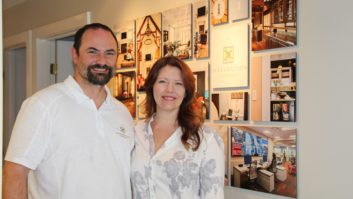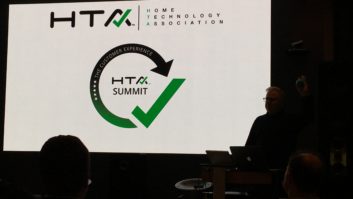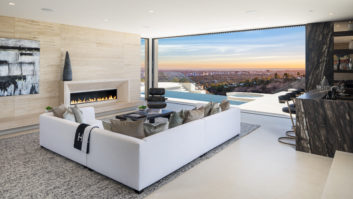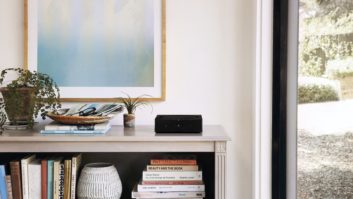
“We’ve been there and done that,” said Mr. Big, recounting his experience installing a full high-end control system in his last house. “Not doing it again. Nothing ever worked and it cost an arm and a leg every time we needed a service call.”
I’m sure you’ve never had this conversation at your company, but we’ve noticed a trend emerging over the last 18 months. High-net-worth folks, the same folks who not that long ago would’ve thought nothing of putting a full-boat control system in their homes, have been snake bitten by bad technology experiences. We’ve tried to better understand their friction by asking probing questions. Most of the time the core issue (I’m sure you know what comes next) boils down to bad design and engineering, installation, and programming. The control system brand reputation (and our industry) takes a nosedive one bad job at a time.
Also by Henry Clifford: Helping Parents Manage Technology
While we get the opportunity to fix bad installations, the larger question remains: Did they need to be bad to begin with? What led to these bad experiences in the first place? Whatever the cause, we are where we are and I’ve stopped arguing with their rationale, deciding instead to give them what they’re asking for: well engineered, simple systems. Simple is a word we hear over and over. The client will ask for something, we’ll start to recap it, and they’ll cut us off with quick “I don’t want anything complicated” retort. It’s defensive behavior, and we do our best to help them let down their guard.
When we start hearing one of the big control system names getting bashed, we usually pivot towards recommending a subsystem approach where they could always change their mind later and weave it all together with a single app solution. We recently installed a seven-figure solution for a client where there’s no control system. Sonos for music, Lutron HomeWorks for lighting, Alarm.com for security, Control4 as a universal remote, 24/7 remote support, and a solid Access Networks backbone. Guess what? It works great and it’s exactly what the client wanted. If he decides later that a Crestron, Savant, Control4, or other control system makes sense, it’s no problem to tie together all those subsystems without replacing hardware. Instead of dedicated touchscreens, he’s using iPort LaunchPort WallStations with iPad Minis. Did I mention it’s a seven-figure job? Subsystems don’t have to mean less revenue. They do, however, usually mean less programming time.
Also by Henry Clifford: Selling Lossless Audio
We’re still in the game of listening for friction and orienting our solution recommendations around eliminating pain, but we’re paying close attention the tech backlash we’re seeing and doing our best to not get caught up in the blame game. If the customer decides they want to go with a one app solution, we’ve got them covered. If they want a bunch of apps, that’s fine, too. What we’re not going to do, however, is take on projects where we can’t practice our workflow of proper design and engineering, project management, and quality assurance. Every time we bend the rules in any of those areas, we get burned.
The next time a client complains about a negative technology experience, will you try and sell them a full-boat control system anyway? Or will you meet them where they are emotionally with a subsystem approach that could be upgraded seamlessly down the road? Maybe there’s a third option I haven’t considered that’s working well for you?
Stay frosty, and see you in the field.
Want more stories like this delivered to your inbox every day? Then sign up for the free Residential Systems eNewsletter here.





